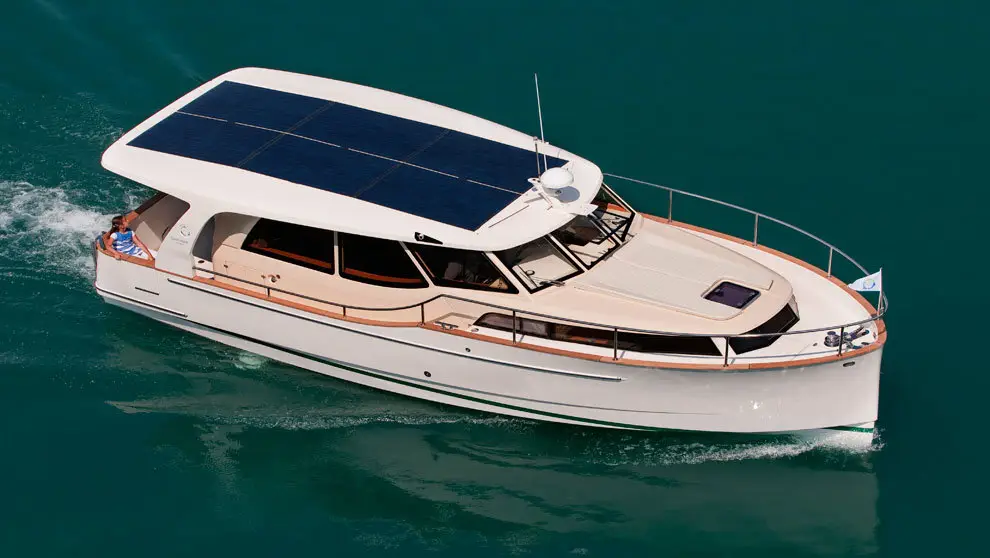Electric boats are becoming an increasingly popular option among water sports enthusiasts and recreational boaters. These vessels operate on rechargeable batteries and electric motors, making them much more environmentally friendly compared to traditional boats that use fossil fuels.
One of the main advantages of electric boats is their reduced environmental impact. By not emitting exhaust gases or pollutants into the environment, these boats help preserve water quality and maintain marine ecosystems in good condition. Additionally, by not relying on fossil fuels, electric boats contribute to reducing greenhouse gas emissions, which is crucial for combating climate change.
Another advantage of electric boats is their energy efficiency. Electric motors are much more efficient than internal combustion engines, resulting in lower energy consumption and greater range. This means boaters can enjoy more time on the water without worrying about running out of fuel.
In addition, electric boats offer a quieter and smoother boating experience. Electric motors produce less noise and vibrations compared to internal combustion engines, allowing for a quieter and more relaxing environment on the water. This is especially beneficial for those seeking a serene and nature-friendly boating experience.

However, despite all these advantages, electric boats still face some challenges. One of the main challenges is charging infrastructure. Unlike land-based electric vehicles, electric boats require specific charging points at ports and marinas to recharge their batteries. Although more ports are installing charging stations for electric boats, there is still a lack of adequate infrastructure in many areas.
Additionally, the initial cost of electric boats may be higher than that of traditional boats. This is partly due to the cost of batteries and electric motors, which are still relatively new technologies under development. However, as demand for electric boats increases and technology advances, costs are likely to decrease and become more accessible to the general public.
Significant advancements are being made in battery technology for electric boats. Lithium-ion batteries, for example, are becoming more efficient and capable of storing more energy in a smaller space. This allows electric boats to have greater range and performance, thereby driving their adoption across various sectors of the maritime industry.
Another significant advancement in the adoption of electric boats is the integration of renewable energy systems. By combining electric propulsion with renewable energy sources such as solar panels or wind turbines, reliance on fossil fuels can be further reduced, and greenhouse gas emissions decreased.
Furthermore, digitalization and automation are also playing a crucial role in the adoption of electric boats. Advances in control and monitoring technology allow operators to optimize energy use and maximize efficiency of onboard electrical systems. This not only reduces operating costs but also contributes to the sustainability and resilience of maritime operations.
In conclusion, electric boats represent a crucial part of the future of sustainable maritime transportation. With their ability to reduce emissions, improve operational efficiency, and promote technological innovation, these boats are paving the way towards a cleaner ocean and greener future for future generations. As technology continues to advance and environmental concerns become increasingly important, we are likely to see an increase in the adoption of electric boats in the coming years.
29-03-2024